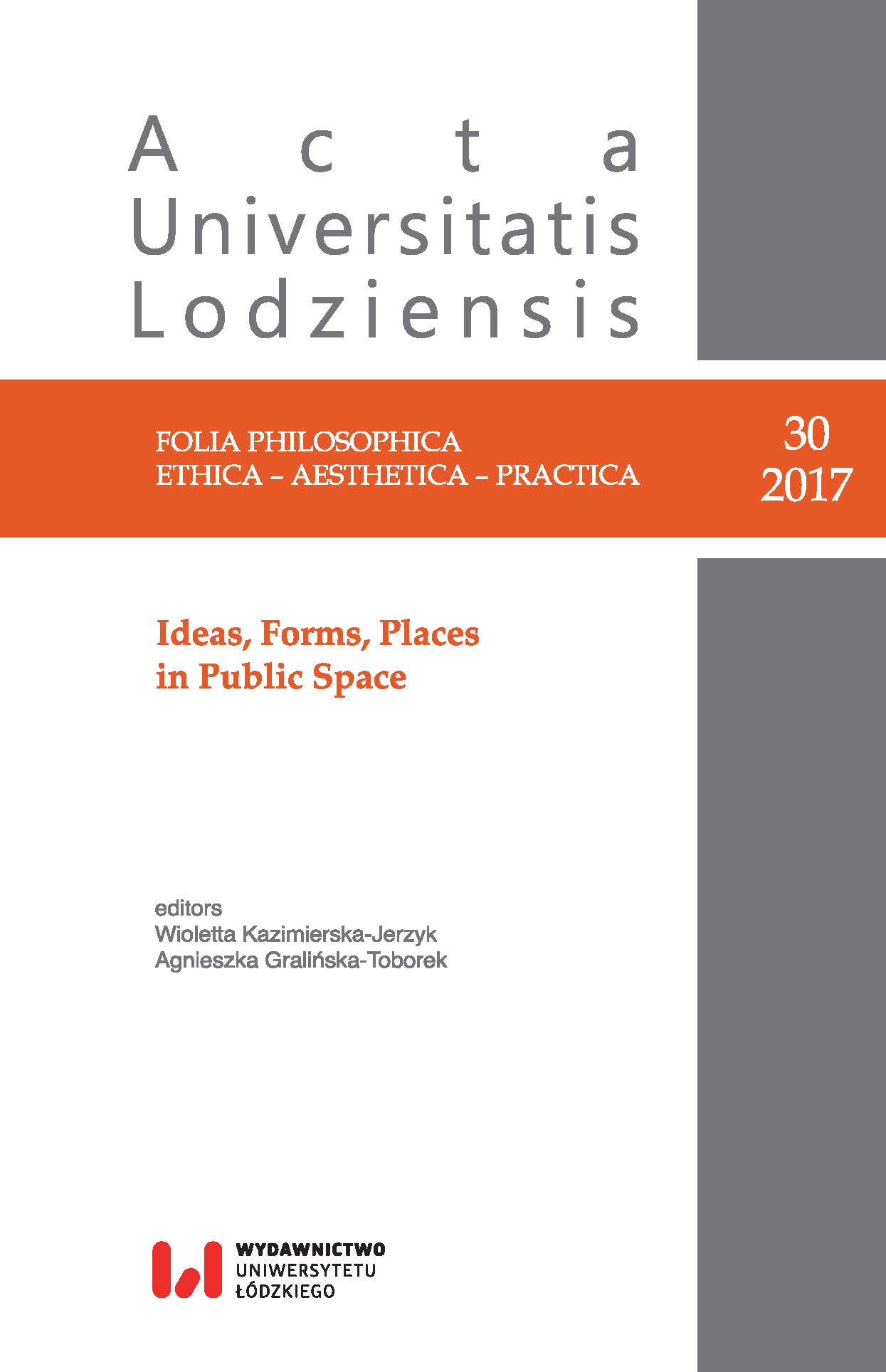Performing the City’s Urban Imaginary – the New Taipei City Museum of Art
DOI:
https://doi.org/10.18778/0208-6107.30.04Słowa kluczowe:
Taipei, urban museumscape, urban planning, urban identity, contemporary architectureAbstrakt
Aspiring global cities, such as Taipei City in Taiwan, seek to accumulate cultural capital. For future-oriented local and global self-representation, they design cutting-edge contemporary museums. This paper analyzes the “urban imaginary” as constructed by new urban museumscapes. Choosing a case-study approach, it explores the embedding of a vanguard art museum project in Taiwan – the New Taipei City Museum of Art in Taipei – into long-term urban planning strategies. In order to understand the purpose and process of how the new museum of contemporary art. is devised as a public space of cultural self-representation and urban identity building, the study monitors the complete design process from the city government’s urban and institutional planning strategy to the architectural design. Evidence shows that the pathways of urban place-making for art and through art and design in Taipei are strongly determined by the historical role and current geopolitical repositioning of the city.
Bibliografia
Appadurai, Arjun. “Disjuncture and Difference in the Global Cultural Economy.” Public Culture, 2, no. 2 (199): 1–24.
Google Scholar
Baldacci, Jean-Loupand and Boronski Peter. “Museum Taiwan. Winning Proposal of Taipei City Museum of Art.” Archiscene, October 28, 2011, accessed February 18, 2017, http://www.archiscene.net/museum/winning-taipei-museum-art/
Google Scholar
Furuto, Alison. “New Taipei City Museum of Art Proposal/Jean-Loup BALDACCI & Atelier BORONSKI.” Archdaliy.com, October 26, 2011, http://www.archdaily.com/178623/new-taipei-city-museum-of-art-proposal-jean-loup-baldacci-atelier-boronski
Google Scholar
Grieco, Lauren. “Design initiatives: New Taipei City Museum of art.” Designboom (blog) September 10, 2011, online http://www.designboom.com/architecture/design-initiatives-new-taipei-city-museum-of-art/
Google Scholar
Huang, Kuanchung.“Grand Taipei: The Porous City. A Research on the Urban Form of a Postcolonial City.” The 4th International Conference of the International Forum on Urbanism (IFoU), Amsterdam/Delft, 2009, online http://newurbanquestion.ifou.org/proceedings/5%20The%20Transformation%20of%20Urban%20Form/full%20papers/D023_Huang_K_Grand%20Taipei%20the%20porous%20city.pdf
Google Scholar
Kim, Won-Bae. “Strategic Approaches for Sustainable Cultural Development in Asian Cities.” Paper presented at the International Conference on the Culture and Economy of Cities, jointly organized by the Korea Research Institute for Human Settlements and the University of New South Wales, Seoul, Korea, 11–12 October 2001, online http://newurbanquestion.ifou.org/proceedings/5%20The%20Transformation%20of%20Urban%20Form/full%20papers/D023_Kim_W_Grand%20Taipei%20the%20porous%20city.pdf
Google Scholar
Kong, Lily. “Cultural Icons and Urban Development in Asia: Economic Imperative, National Identity, and Global City Status.” Political Geography 26 (2007): 383–404.
Google Scholar
Laylin, Tafline. “The Green Cell: Kengo Kuma’s Design for the Taipei City Museum of Art Has an Insulating Green Roof.” Inhabitat.com, October 19, 2011, http://inhabitat.com/kengo-kuma%E2%80%99s-taipei-city-museum-of-art-design-looks-like-a-giant-green-skirted-banana/
Google Scholar
Message, Kylie. New Museums and the Making of Culture. Oxford: Berg, 2010.
Google Scholar
“New Taipei City Museum of Art Conceptual Design International Competition,” accessed February 18, 2017, http://akichiatlas.com/en/archives/new_taipei_museum.php
Google Scholar
Pobrania
Opublikowane
Jak cytować
Numer
Dział
Licencja

Utwór dostępny jest na licencji Creative Commons Uznanie autorstwa – Użycie niekomercyjne – Bez utworów zależnych 4.0 Międzynarodowe.












